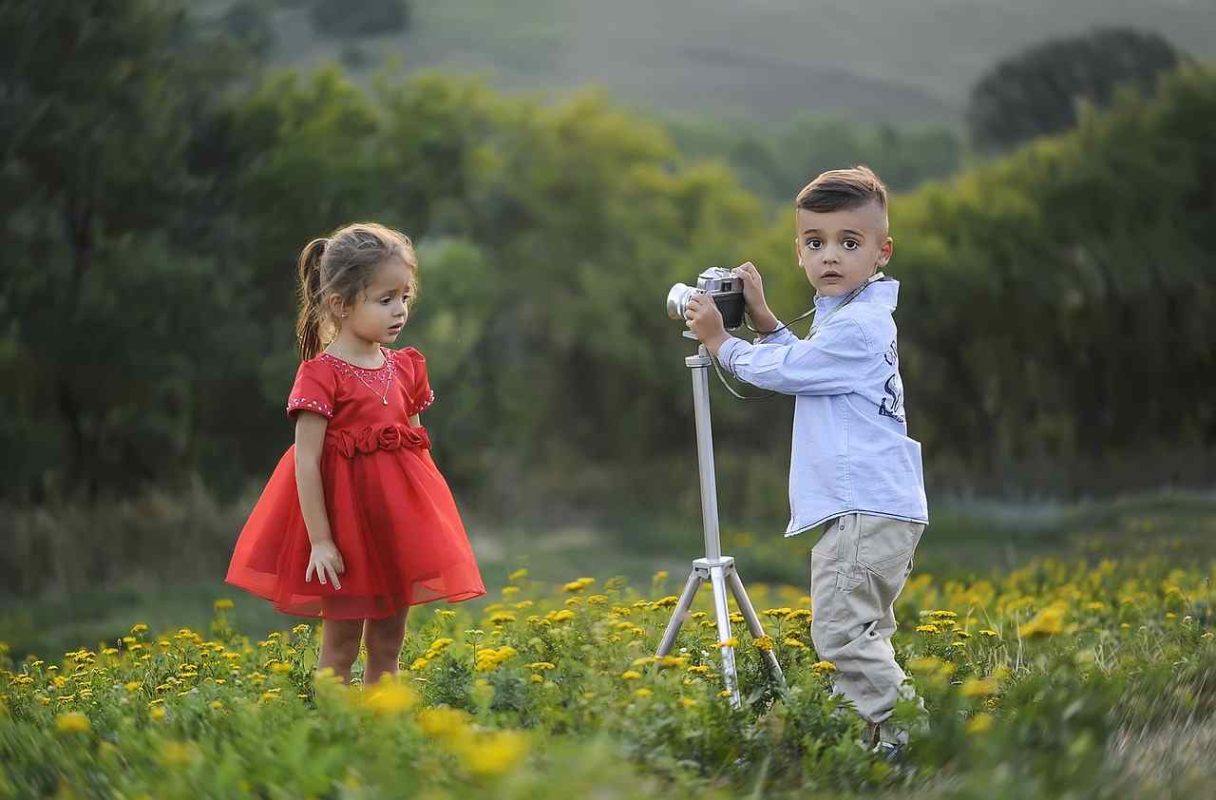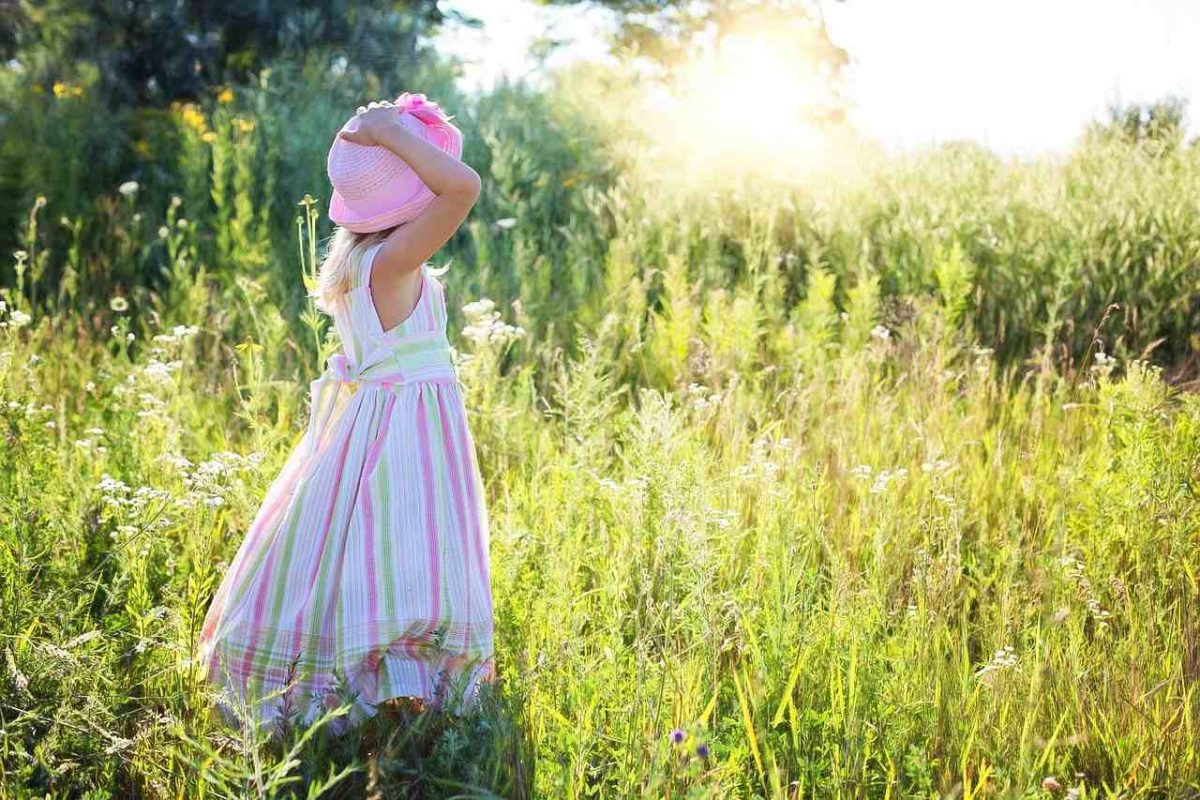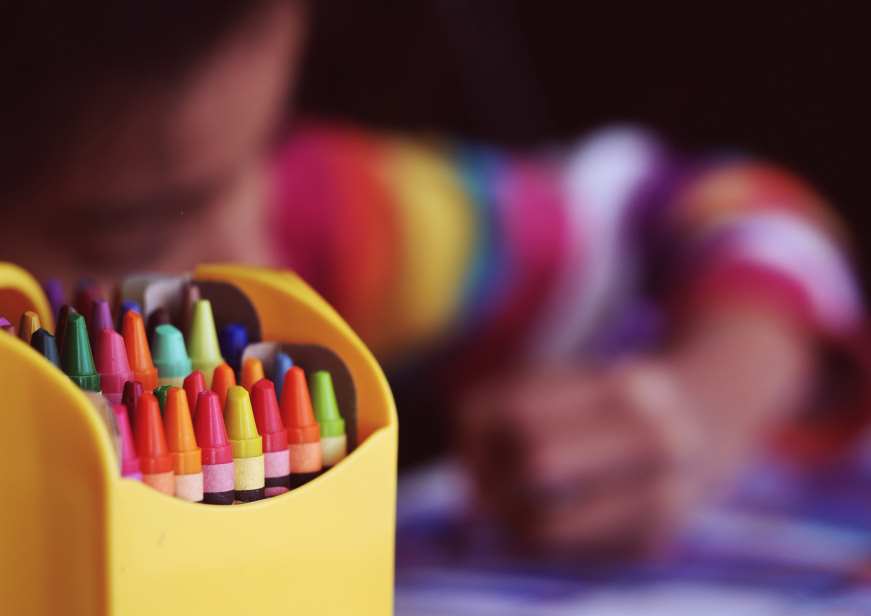Montessori education
Montessori vs. Traditional Education: Making the Right Choice
Selecting the right educational approach for your child is one of the most important decisions a parent can make. While both Montessori and traditional schooling aim to nurture children’s intellectual, social and emotional development, they take very different approaches. This article provides an in-depth look at Montessori and traditional education to help parents make an informed decision.
Table of Contents
Overview of Montessori and Traditional Education
The Montessori Method was developed over 100 years ago by Dr. Maria Montessori, one of the first female physicians in Italy. Her scientific observations of children led her to design a unique child-centered approach to education focused on fostering independence, initiative and natural learning. There are over 22,000 Montessori schools worldwide across ages ranging from infancy through high school.
Traditional education is the most common form of schooling. It involves teacher-led instruction, structured lesson plans and a standardized curriculum. Students of the same age are grouped into grade levels and progress together from grades K-12. The focus is on academics, testing and discipline.
When choosing between Montessori and traditional schooling, parents should consider their child’s learning style, personality and developmental stage. The right environment can nurture a lifelong love of learning.
Understanding the Montessori Method
The core of Montessori education is its philosophy of supporting the natural development of the whole child. Key aspects include:
Montessori Philosophy
- Founded by Dr. Maria Montessori, an Italian physician and educator
- Child-centered approach that fosters natural desire to learn
- Self-directed learning through choice of activity
- Goal of creating independent, competent and responsible individuals
Montessori Classroom
- Mixed age classrooms, typically spanning 3 years
- Hands-on montessori materials that teach specific skills and concepts
- Uninterrupted work periods where children choose their activities
- Teachers observe and guide rather than directly instruct
Key Characteristics
- Active, hands-on learning with concrete Montessori materials
- Self-paced and individualized curriculum
- Focus on fostering independence and responsibility
- Holistic approach that integrates social, emotional, physical and cognitive development
Montessori nurtures a love of learning by allowing children to explore their interests in a warm, responsive environment. Teachers act as guides, giving children the freedom to direct their own education.
Overview of Traditional Classroom Education
In contrast to the Montessori method, traditional education takes a more standardized, teacher-directed approach:
Traditional Classroom
- Teacher-led lessons using a set curriculum
- Whole class instruction with children of the same grade level
- Focus on academics and testing
- Classroom management using rewards and consequences
Grade Level Grouping
- Students grouped into 12 grades by age
- Set lesson plans for each grade level
- Children progress together from K-12
- Limited ability grouping within each grade
The traditional model provides structure, discipline and consistency across classrooms. However, some children struggle in this rigid learning environment.

Detailed Comparison of Montessori and Traditional Education
While both approaches aim to educate children, their methods differ considerably:
Curriculum and Learning
| Montessori | Traditional |
|---|---|
| Child-directed, hands-on learning | Teacher-directed lessons |
| Multi-age classrooms, individualized pace | Single grade classrooms, uniform pace |
| Integrated curriculum focused on developmental needs | Set curriculum focused on grade standards |
| Intrinsic motivation through choice | Extrinsic motivation through rewards/consequences |
Children are naturally curious and self-directed. Montessori nurtures this by allowing children to set their own pace and discover by doing. Traditional settings focus more on structured lessons and uniform progression.
Social Development
| Montessori | Traditional |
|---|---|
| Multi-age classrooms, older role models | Same-age peer groups |
| Life skills integrated into curriculum | Academics focus, separate life skills classes |
| Independence fostered through choice | Teacher direction throughout day |
| Mixed grouping for some work | Ability grouping for some subjects |
The mixed age grouping of Montessori allows younger children to learn from older role models. Traditional settings emphasize same-age peer socialization.
Teacher Role
| Montessori | Traditional |
|---|---|
| Observer and guide | Primary instructor |
| Individual and small group instruction | Whole class instruction |
| Prepares classroom environment | Prepares lesson plans |
| Follows child’s pace and interests | Matches grade curriculum standards |
Montessori teachers play a facilitating role, guiding children based on individual needs and interests. Traditional teachers take a more directive role in presenting lessons to the class as a whole.
Benefits of Montessori Education
For certain children, the Montessori method provides significant advantages:
Fosters Independence and Decision-Making
- Child directed learning fosters self-reliance and decision-making
- Freedom of choice within structure and limits
- Progression from concrete activities to abstract thinking
- Responsibility for directing own education
The Montessori approach allows children to take an active role in their education. This cultivates strong independent learning and executive functioning skills.
Academic Success and Beyond
- Excels at teaching real-world skills for lifelong learning
- Students exceed expectations on standardized tests
- Holistic education focused on the whole child
- Develops strong time management, organization and focus
Studies show Montessori children perform as well or better than their traditionally educated peers. Montessori nurtures a well-rounded learner, not just test-taking ability.
Follows the Child’s Natural Development
- Respects the child’s unique learning style and pace
- Allows children to follow their passions and interests to foster motivation
- Does not rigidly dictate what or when children must learn concepts
- Works with children’s sensitive periods for learning
Montessori provides an environment tailored to each child’s interests, abilities and developmental windows. This fosters an internal drive for mastering skills.
Conclusion: Choosing the Right Approach
The Montessori method and traditional education both aim to serve children, but do so in very different ways. When choosing a school, parents should reflect on their child’s learning style, personality and needs to determine which approach offers the best fit. Factors like class size, teaching methods, peer groups and curriculum scope are also important to weigh.
With its child-directed approach focused on developing the whole child, Montessori offers a nurturing environment for many young learners to thrive. Traditional teacher-directed methods may suit children who prefer structure, routine and a more academic focus. Every child is unique, so it is essential to take the time to make the most informed schooling decision for your family.

FAQs
What are the key differences between Montessori and traditional education?
The Montessori method emphasizes self-directed learning, multi-age classrooms, hands-on materials, and teachers as guides. Traditional education focuses more on teacher-led lessons, same-age grouping by grade, standardized academics and testing.
How does the Montessori method promote independent learning?
Montessori allows children freedom to choose activities that interest them and work at their own pace. This fosters decision-making, focus, self-motivation and responsibility. Teachers observe and guide instead of direct.
Is Montessori education suitable for all age groups?
Yes, Montessori classrooms exist from infancy through high school. The educational materials and activities are tailored to the developmental needs of each age level.
What is the role of a teacher in Montessori vs. traditional classrooms?
Montessori teachers act as guides, facilitating the child’s self-directed learning versus being the primary instructor. Traditional teachers lead whole class lessons and dictate the curriculum pace.
Are there any disadvantages to Montessori education?
Potential disadvantages include less focus on traditional academics, lack of testing, little competitive grading, and less teacher direction for children who require more structure.
Do Montessori students perform better academically than traditional students?
Research shows Montessori students perform as well or better than peers on standardized tests. More importantly, Montessori nurtures a lifelong love of learning.
What is the cost difference between Montessori and traditional schools?
Montessori tuition is often more expensive due to smaller class sizes and specialized materials/teacher training. However, costs vary widely by school.
How can parents choose between Montessori and traditional education?
Consider the child’s learning style, personality, age, interests and developmental needs. Also weigh factors like curriculum, teaching methods, social interactions and school culture.
Are there any famous people who attended Montessori schools?
Yes, many renowned innovators like Jeff Bezos, Larry Page, Julia Child, Anne Frank and Gabriel Garcia Marquez attended Montessori early in their education.
What are some success stories of Montessori graduates?
Montessori students tend to be independent thinkers and self-motivated learners. Many pursue productive careers in fields like education, science, technology, the arts and social sciences.
References
https://piccalio.com/blogs/montessori/montessori-vs-traditional-education-5-main-differences
https://www.rasmussen.edu/degrees/education/blog/pros_cons_montessori_education/
https://scienceandliteracy.org/montessori-school-vs-traditional-school/
https://sapientiamontessori.com/montessori/montessori-vs-traditional-pre-school/
https://amshq.org/About-Montessori/What-Is-Montessori
https://www.paperpinecone.com/blog/montessori-vs-traditional-preschool-which-better

